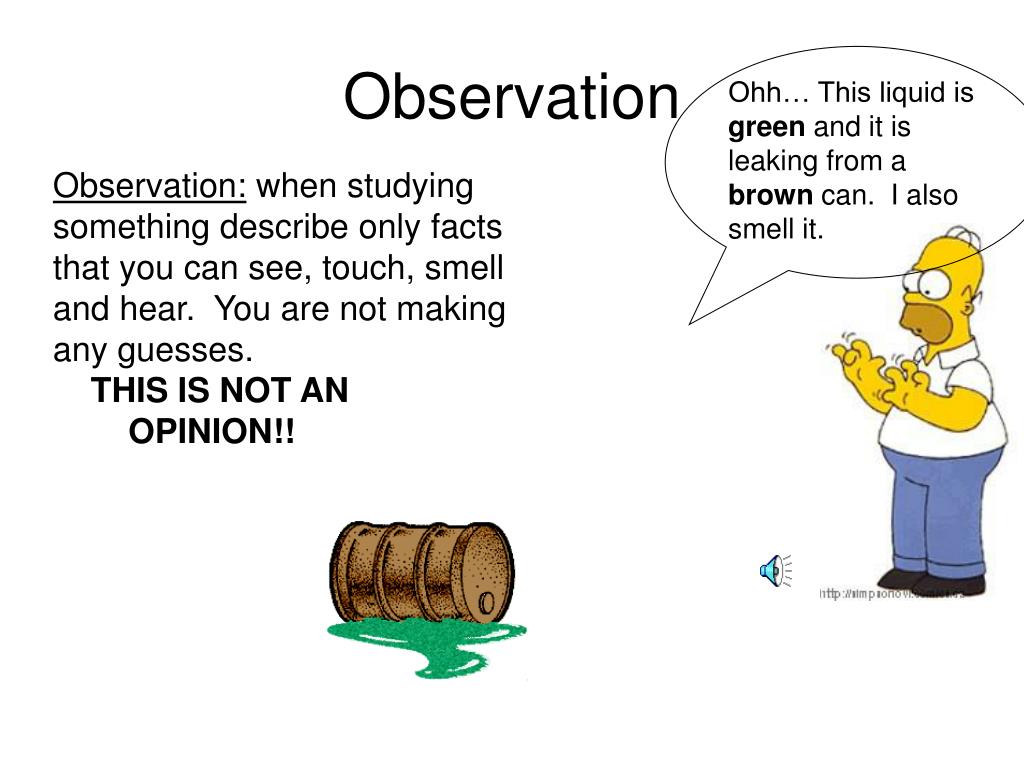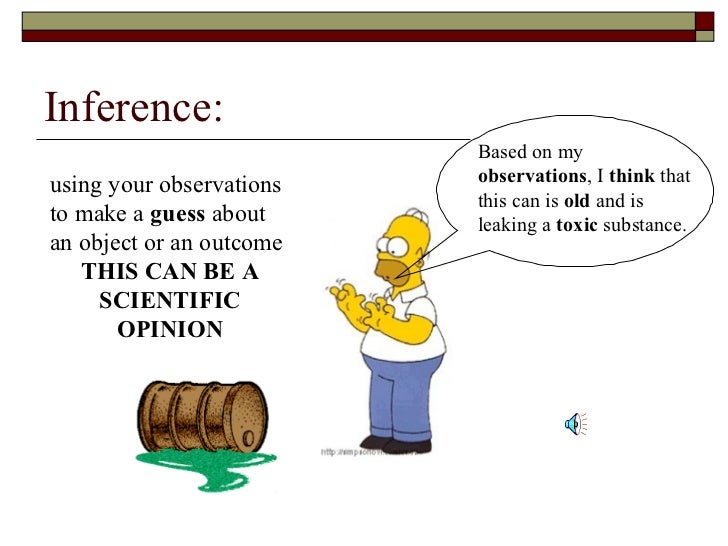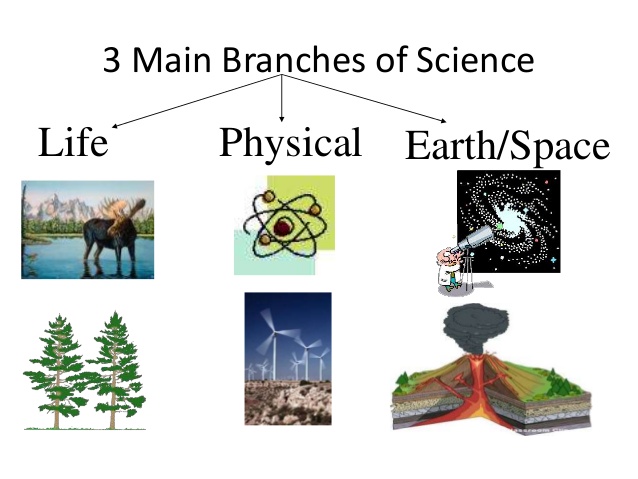BIOME Ecotourism Advertisement
Biomes are the major regional groupings of plants and animals found on earth. The biome concept embraces the idea of weather, and interactions among vegetation, animal populations, and soil. A biome (also called a biotic area) may be defined as a major region of distinctive plant and animal groups that have similarities and relationships based on the physical environments, either land or aquatic, and similar climates.
Assignment: Some IS 220 Pershing teachers and students would like to take a trip this summer; actually, we've all been stuck at home for too long.... #coronaparty, bleh. We would like to experience the most beautiful places on the planet that nature has to offer. Your job is to prepare an audio/video travel presentation for your biome, convincing us and yourselves that your biome is the best one to visit! Where would you like to visit? Your project should include the following:
1. Type and Name of your biome [selections for type will be made in class] and Where your biome is located – countries, latitude etc. You should be able to point out where your biome is located on a globe.
2. Describe the climate in your biome; what is the average
temperature and precipitation? Are there seasons? If so,
describe them. What are some interesting facts about weather/climate in your biome?
Web search "biome name" and "climatograph" or
"climatogram"; find one that represents your biome and
use it in your climate slide.
3. The sights or features of your biome a tourist would see. i.e.
Tell us about the typical topography of your biome and about the
most common plants and animals that characterize your biome; be specific!
What about your biome is amazing? Why would people want
to visit your biome?
4. Any characteristics of your biome that make it special or important. What can a tourist do in your biome that can’t be done elsewhere?
What would I do during the day and night while exploring this biome? Are there any ecotours or eco adventures possible? Make sure to include pictures!
5. Find two endangered species (one plant and one animal) that reside in your biome and discuss them. Why are they endangered? (Habitat destruction? Hunting? Climate change? Other?)
6. a. Be sure to include an example of a food chain/food web found in your biome using the following terms: the sun, producer, consumer, predator, prey, herbivore, omnivore, carnivore and decomposer.
7. Effects that humans have had specifically on your biome, and why they have had such impact. How is climate change affecting your biome? Link any relevant articles here.
8. What is happening currently in this biome? Your biome is in the news, what's happening? Make sure and cite your information.
9. Give an example of each of the following vocabulary terms:
Individual, Population, Community, Ecosystem, Biome,
Biosphere.
10. What would you want to do here? Understand, you will visit this biome... Share pictures of your GOAL!!! Imagine yourself in this biome!!!
11. Bibliography – on a separate page or slide[see
information at the end]
***Your Biome Travel poster/pamphlet/slide show should include all of the
above, and should be crafted so that it is in your own words: [i.e. DO
NOT SIMPLY CUT AND PASTE INFORMATION FROM THE INTERNET!!!]***
http://lmgtfy.com/?q=biomes (search: images)
A. Tundra
B. Deserts
C. Temperate boreal forests/Taiga
D. Tropical rain forests
E. Grasslands and savannas
F. Coral reefs
G. Coastal wetlands
H. Freshwater wetlands, rivers, and lakes
I. Oceans
J. Islands
K. Deciduous Forest











.png)